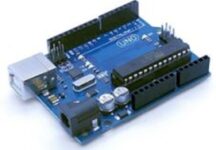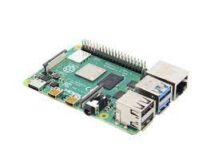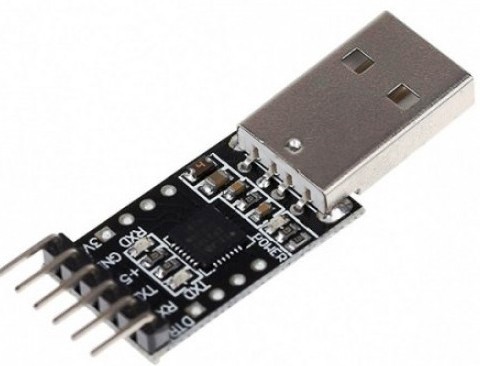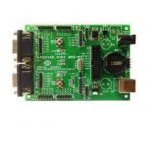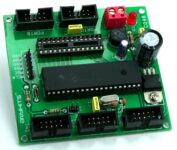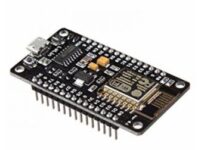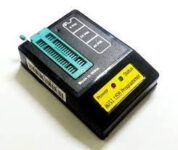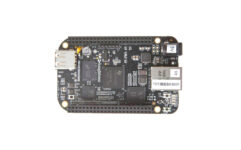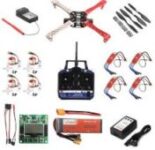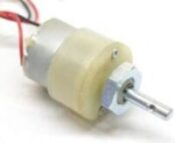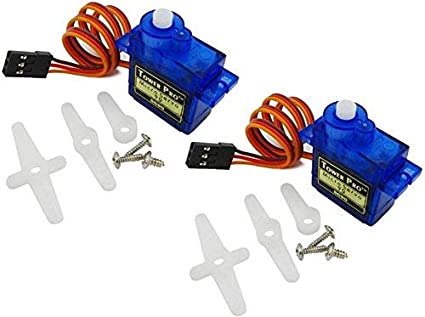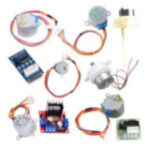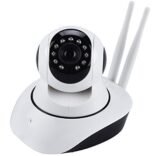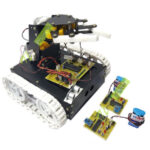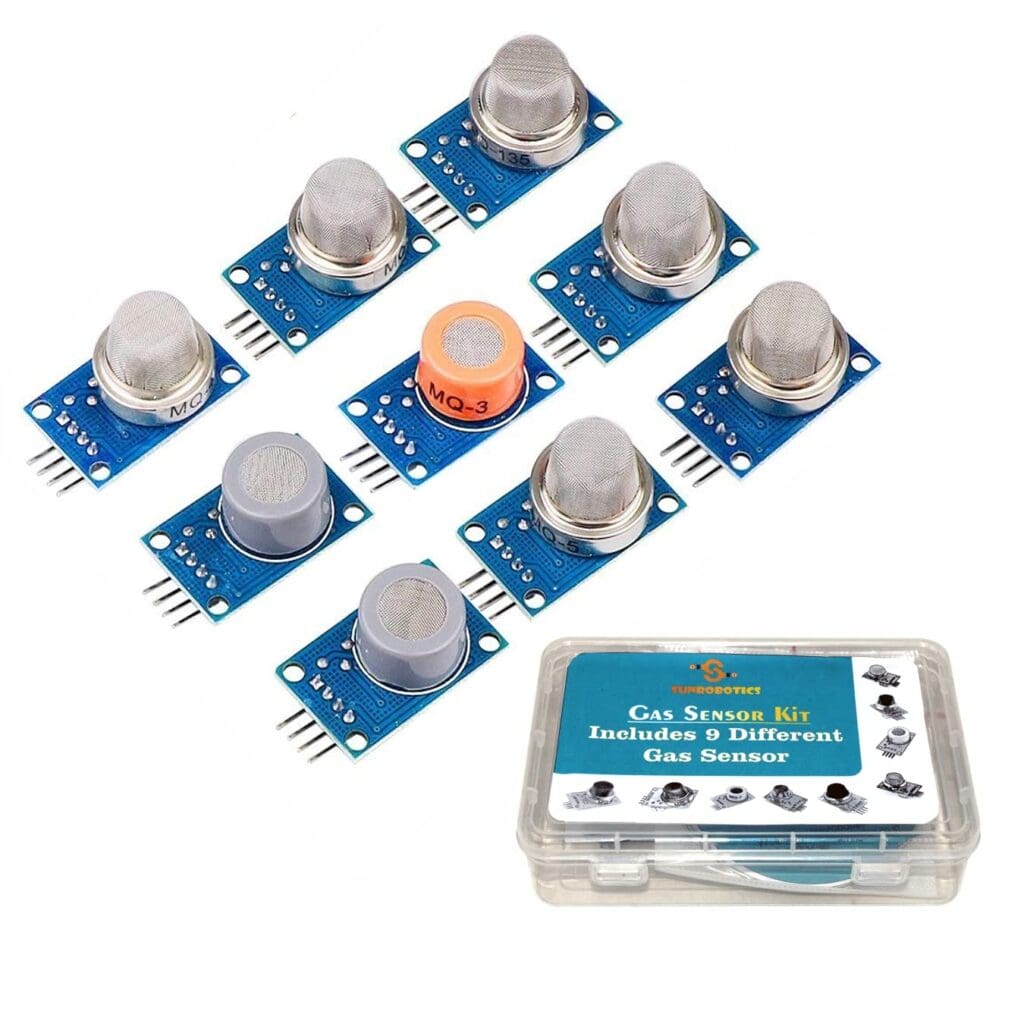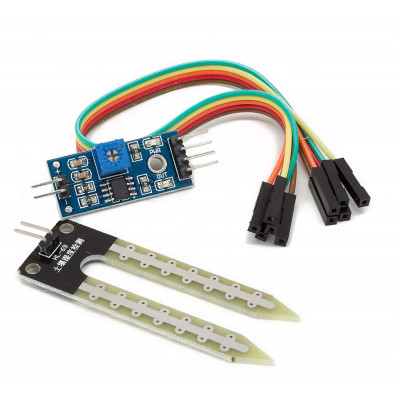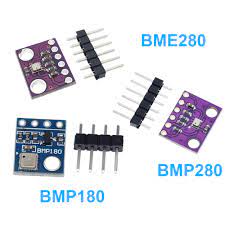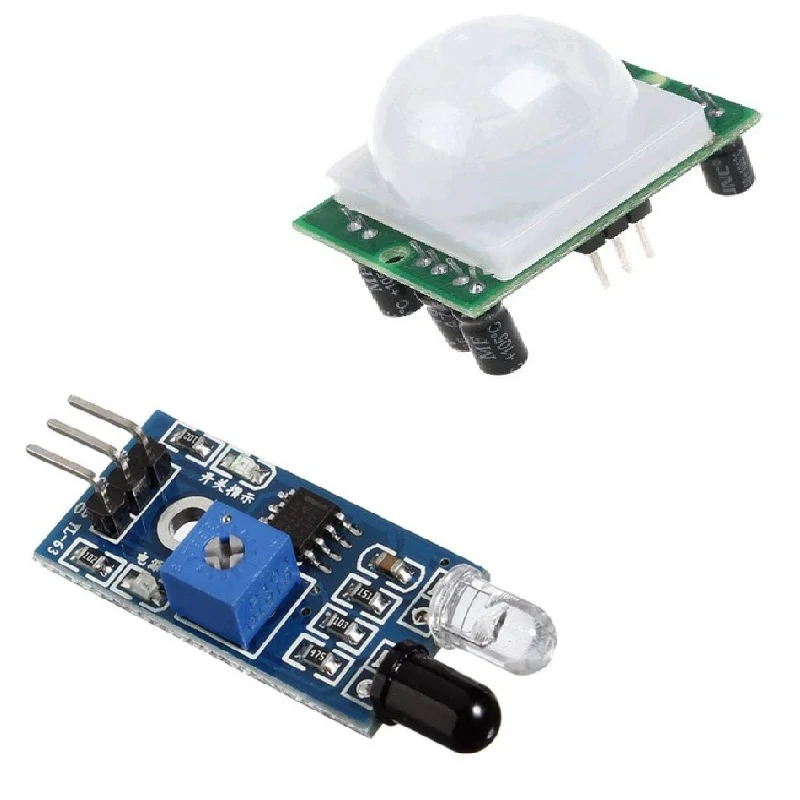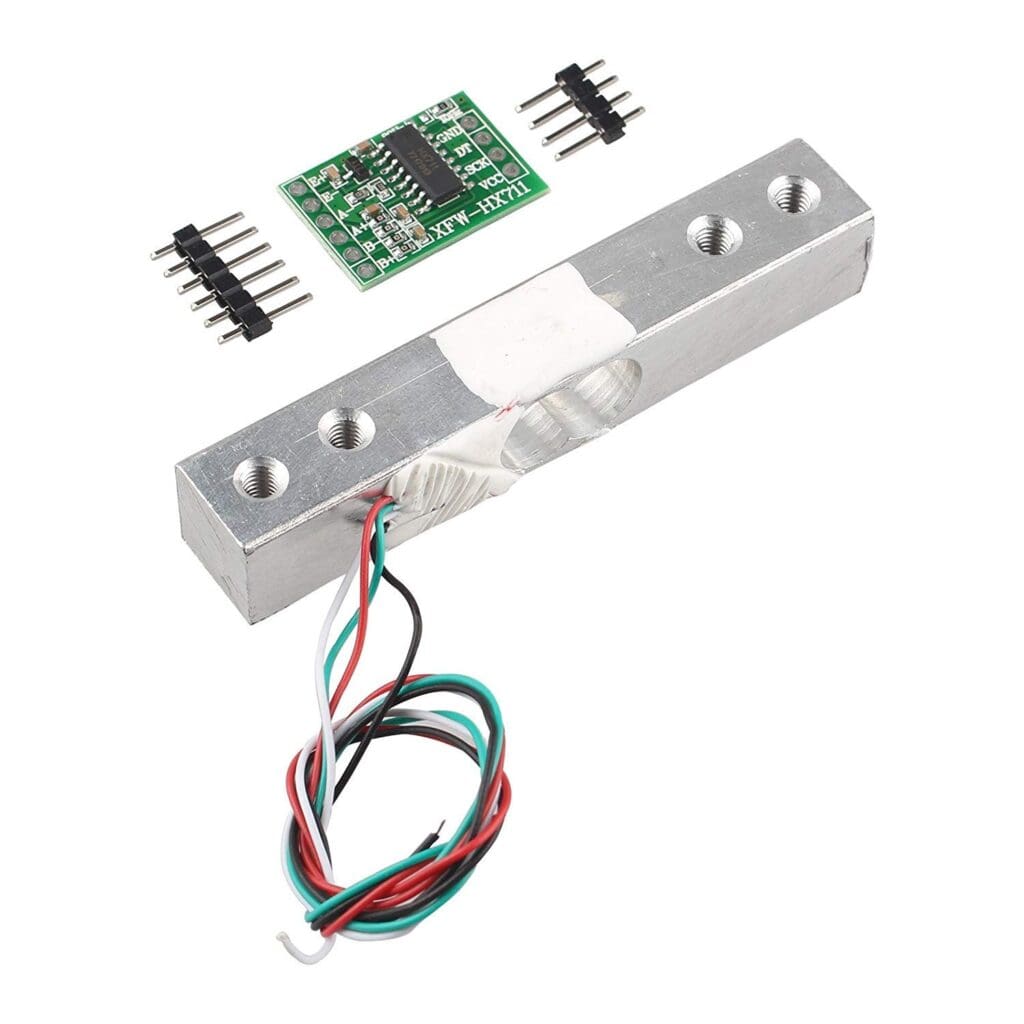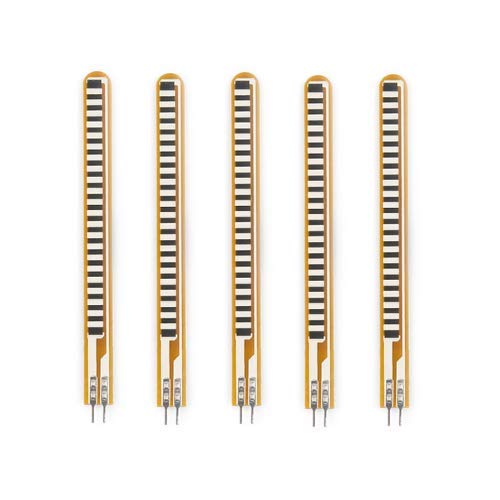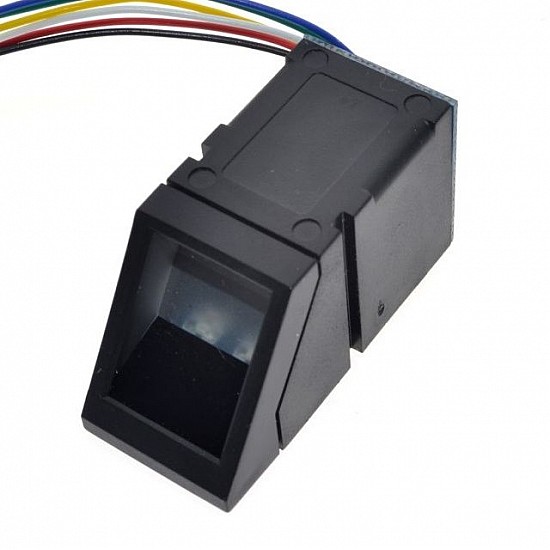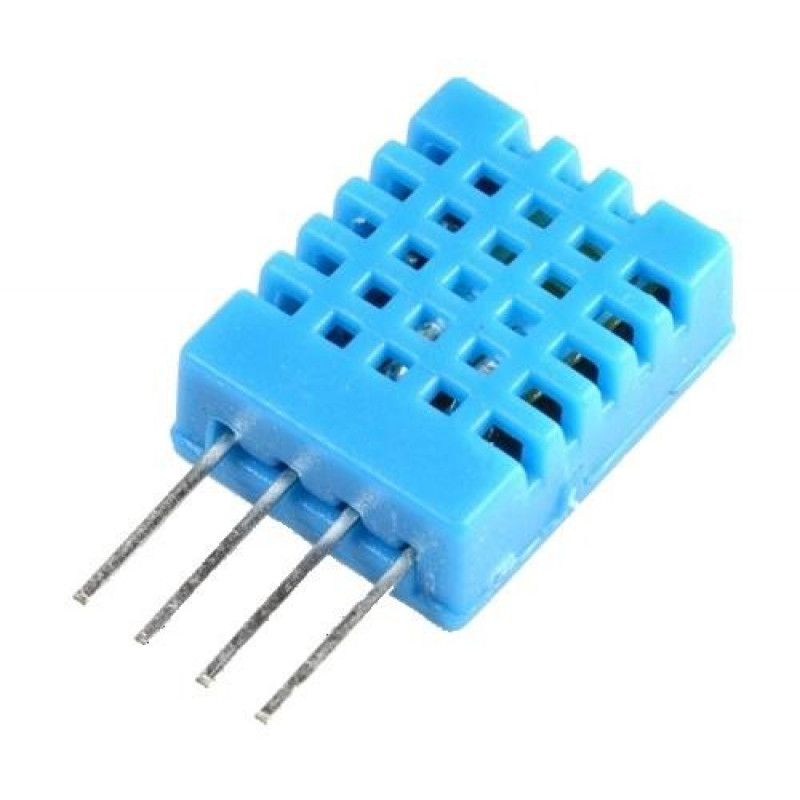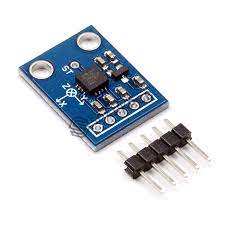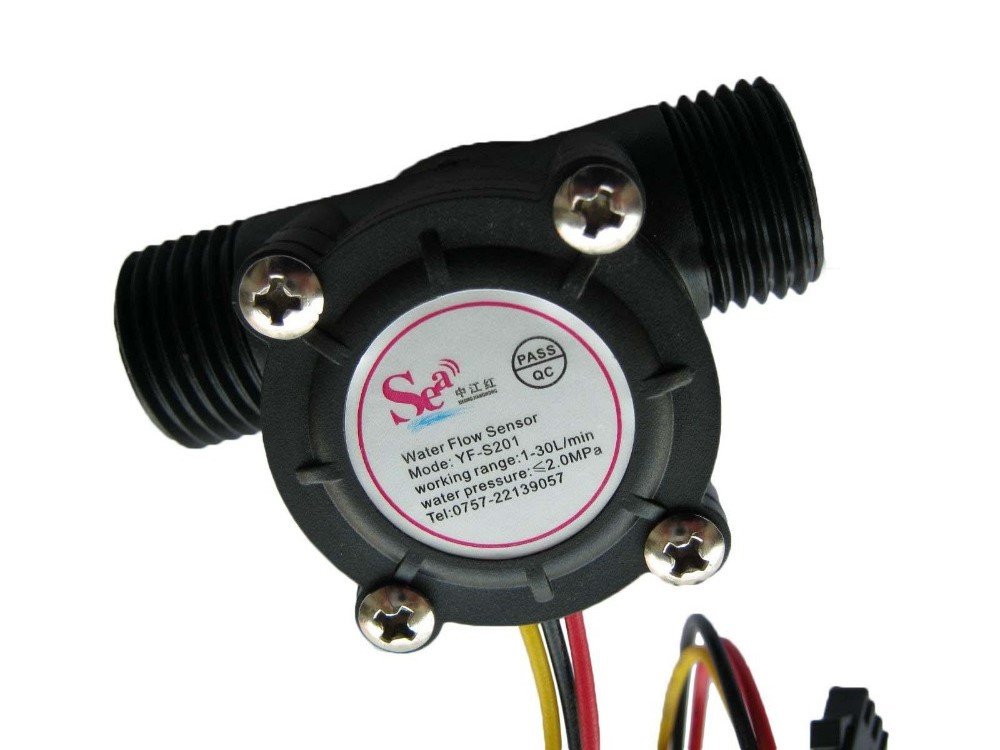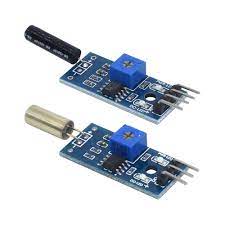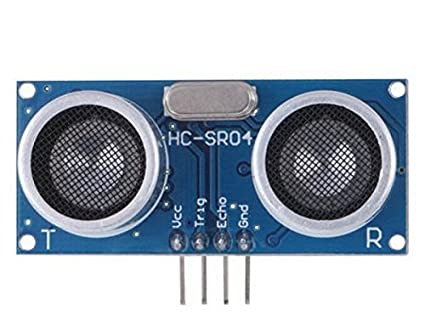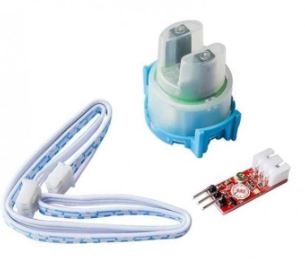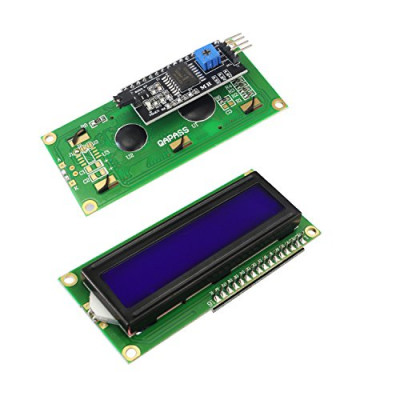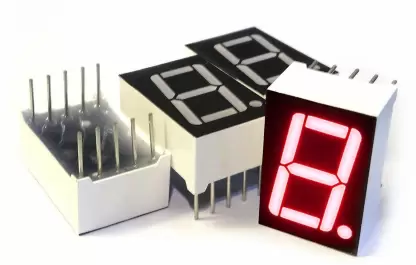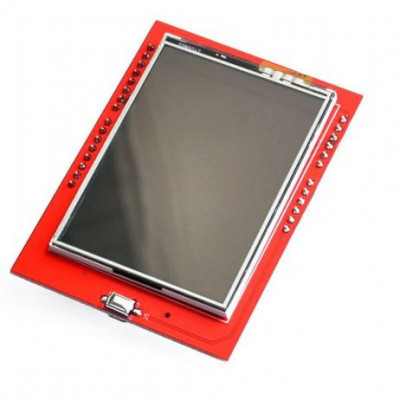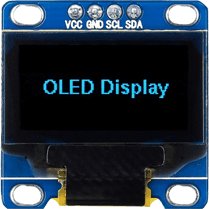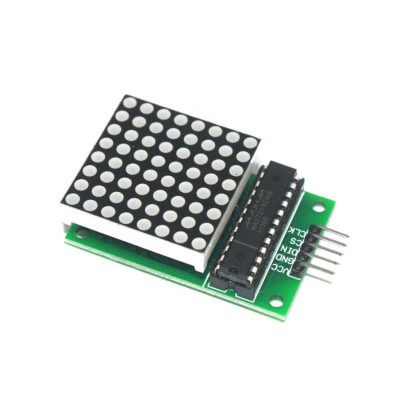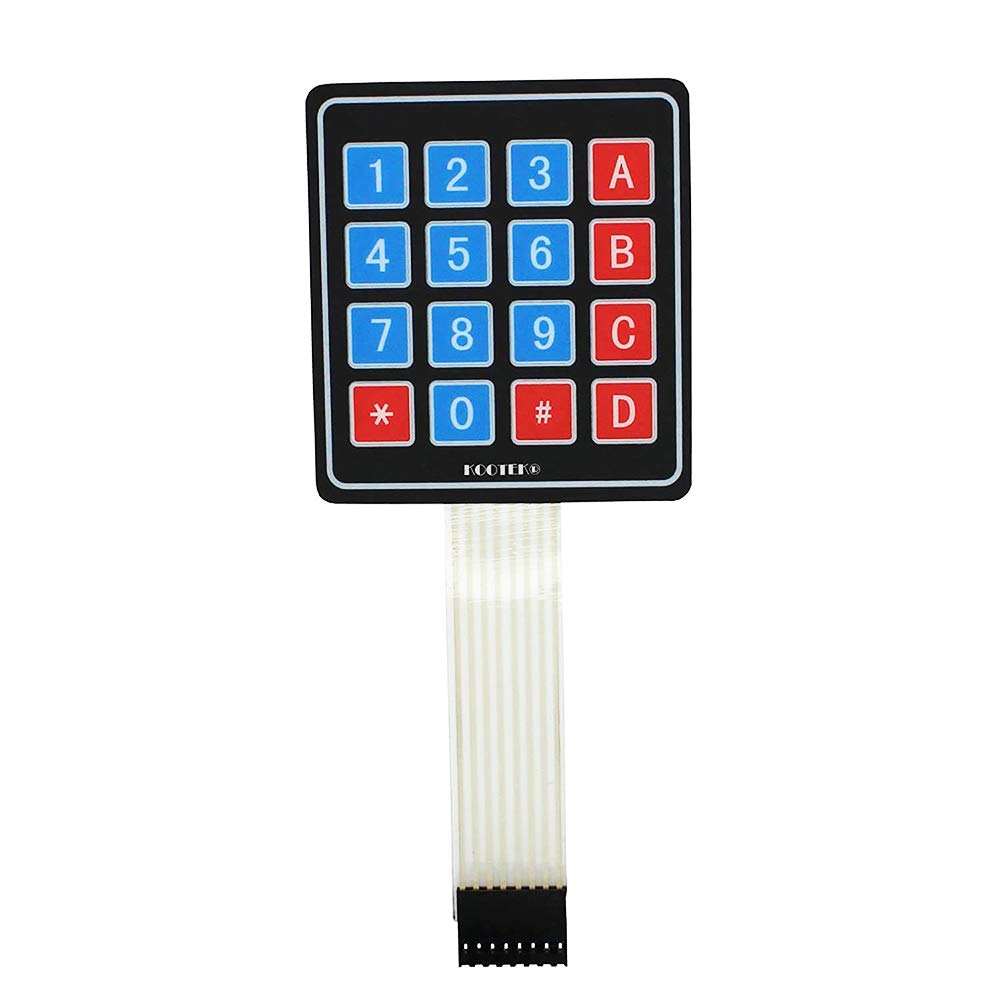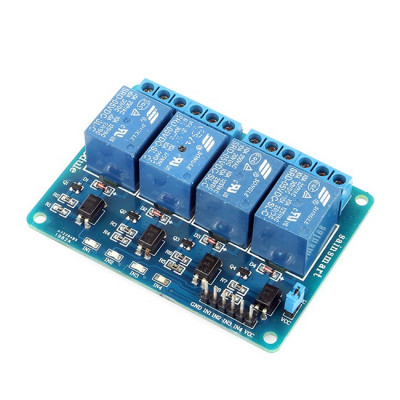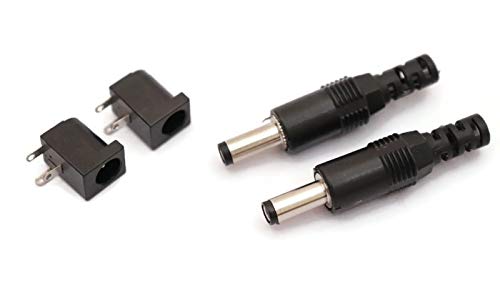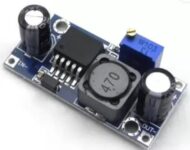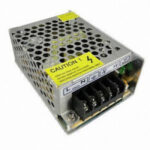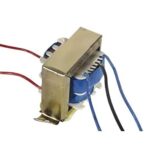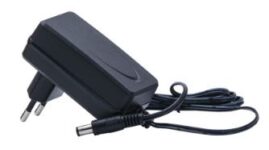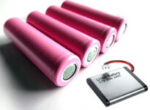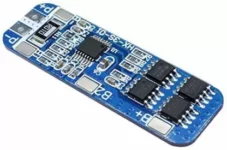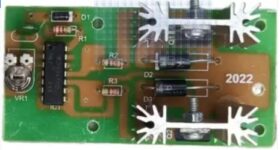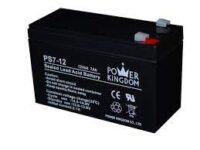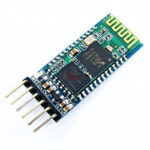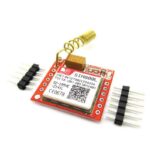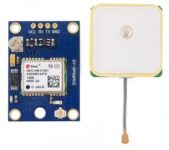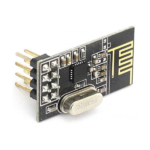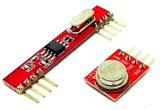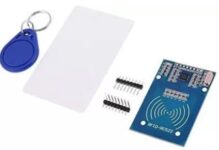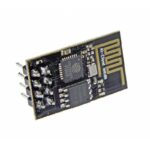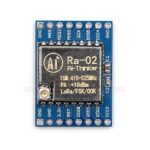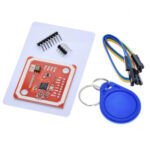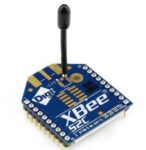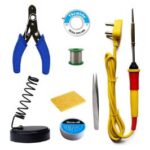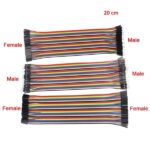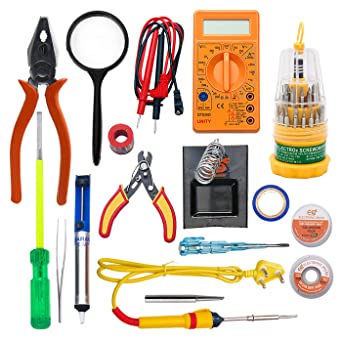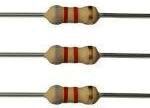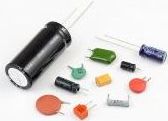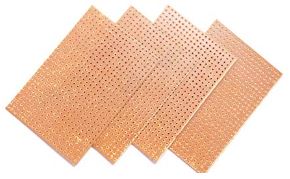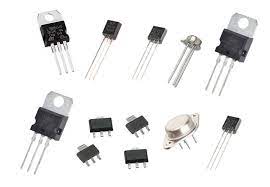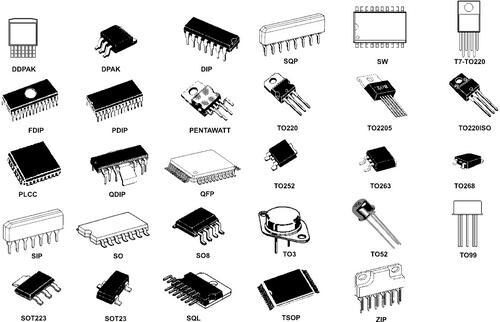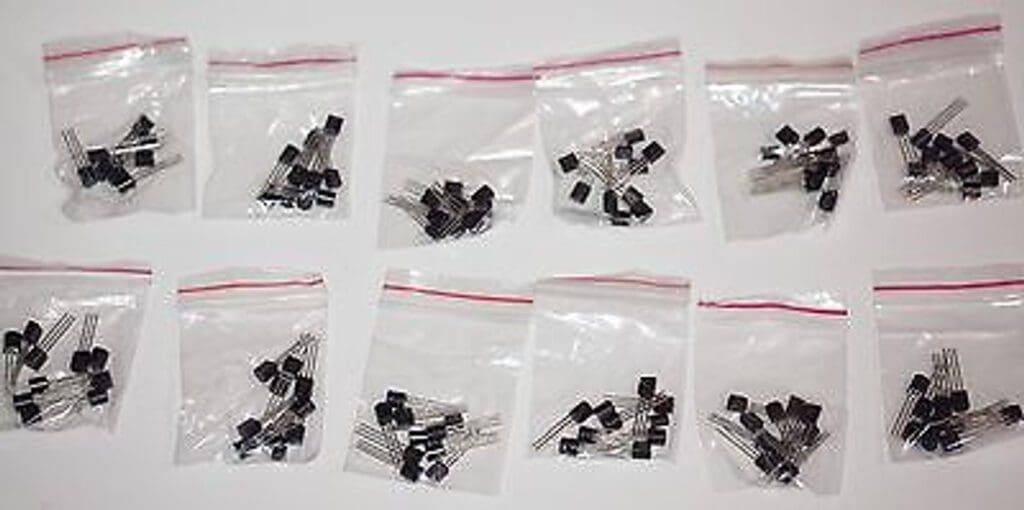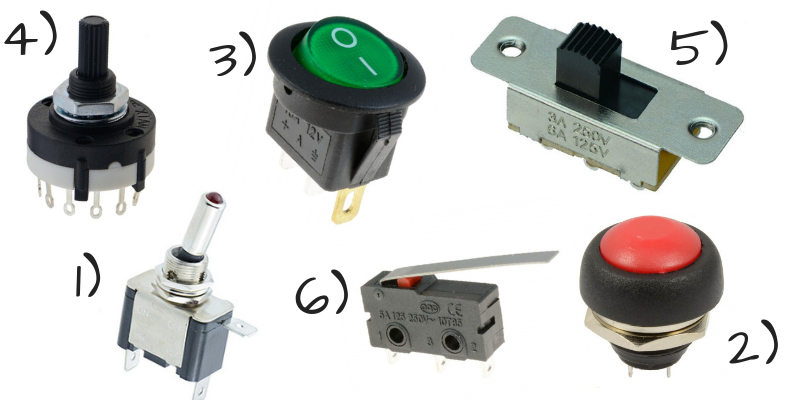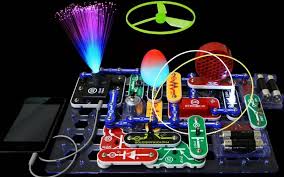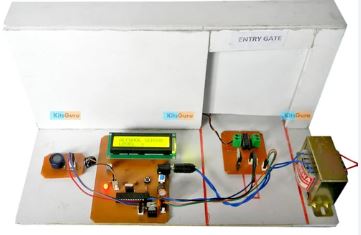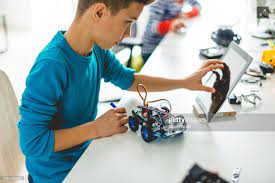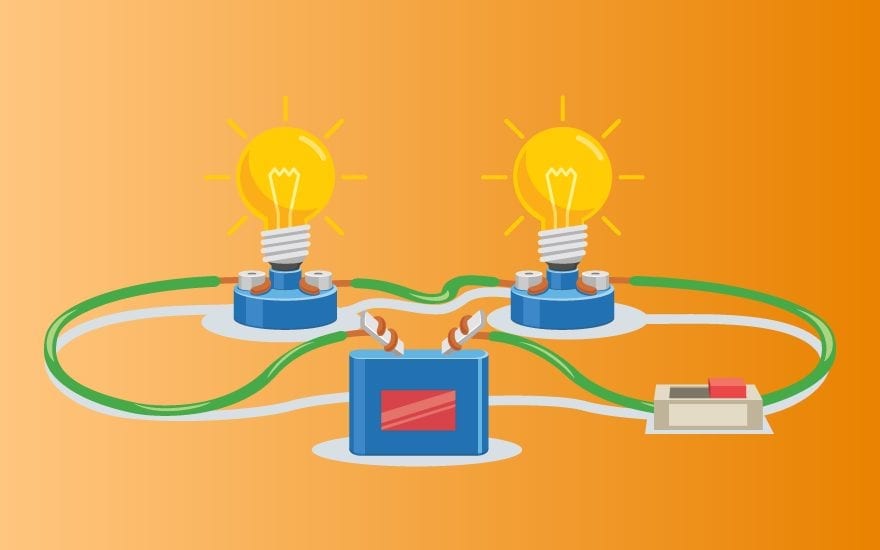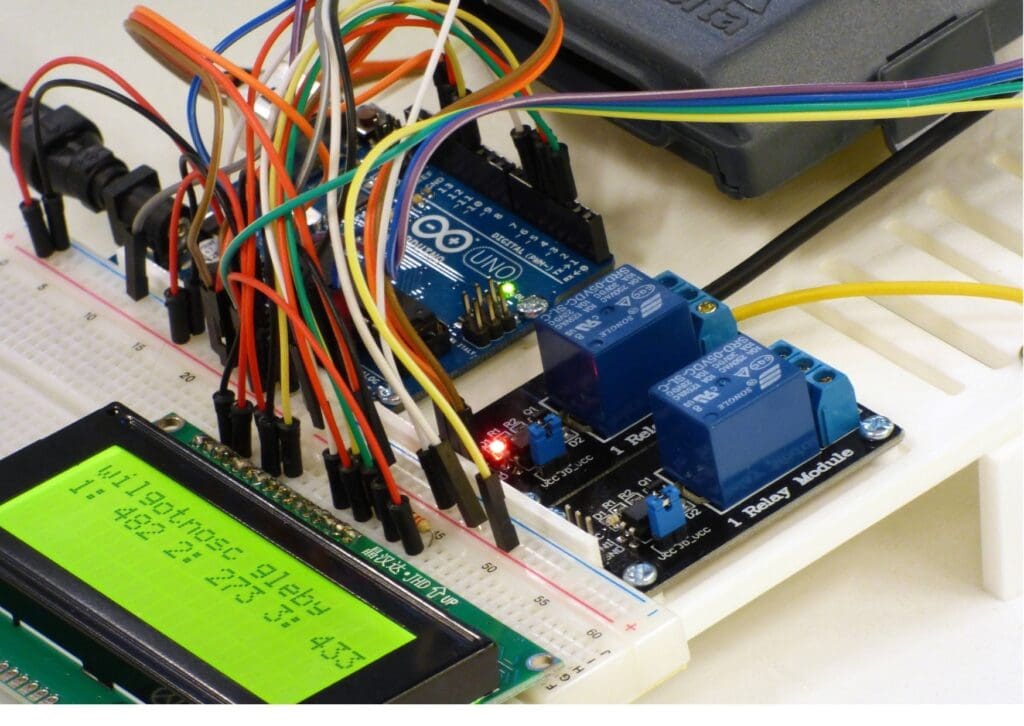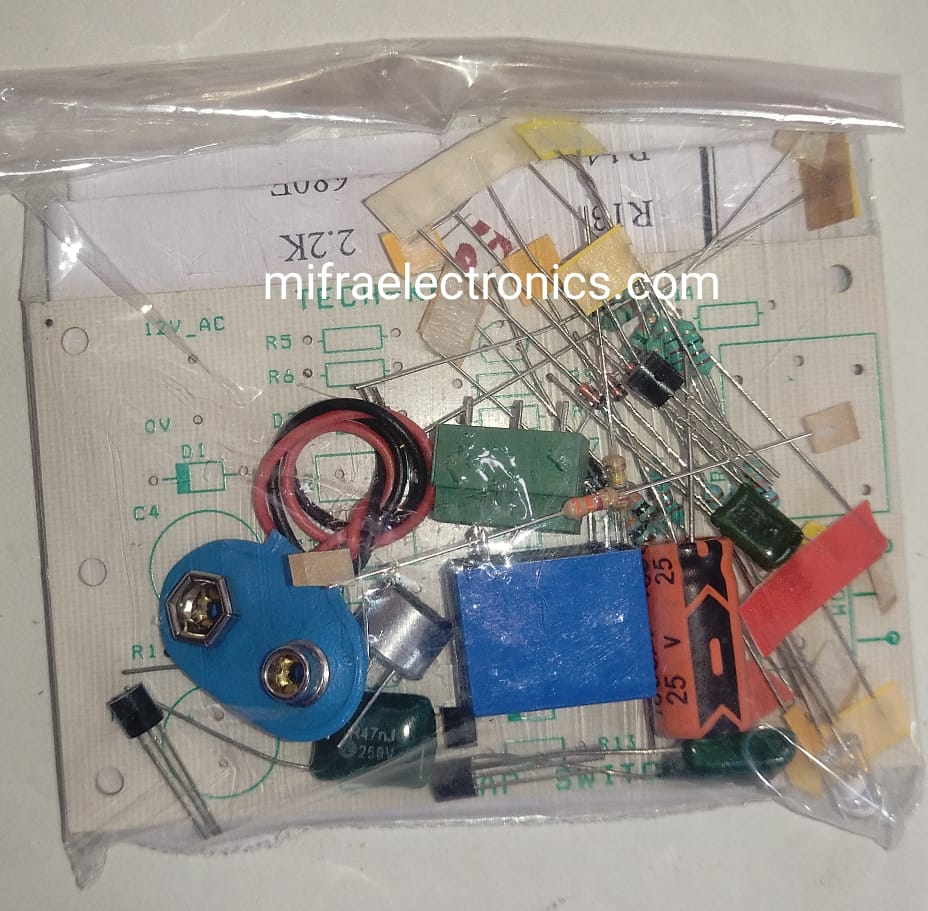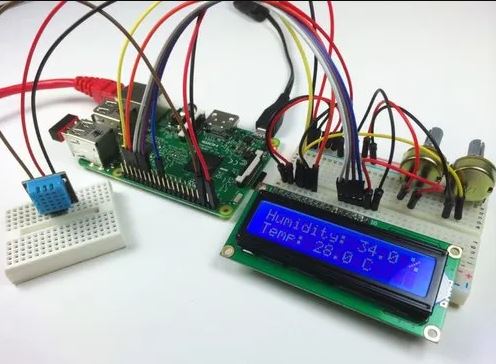“The Basics of Electronics: A Beginner’s Guide”:
If you’re new to the world of electronics, you’re embarking on a fascinating journey into a realm where creativity meets technology. Electronics is the foundation of countless modern devices, from smartphones to space probes. In this beginner’s guide, we’ll demystify the fundamental concepts and components that make up the exciting world of electronics.
Understanding Current and Voltage and More:
At the heart of electronics lies the concept of electricity. Two crucial terms to grasp are current and voltage:
Current (I):
- Think of it as the flow of electrons through a conductor, like water flowing through a pipe.
- Measured in Amperes (A), it’s the quantity of charge passing through a point per second.
Voltage (V):
Voltage, measured in Volts (V), is the force that drives current. Voltage can be likened to the force that drives electrons in a circuit, much like wind propelling a sailboat forward. Just as a strong wind powers a sailboat through water, higher voltage propels a greater flow of electrons, allowing for more robust electrical currents. Higher voltage pushes more current.
Resistors: Controlling the Flow :
Resistors are components that limit the flow of current. They’re like the narrow parts of a water pipe that reduce water flow. Measured in Ohms (Ω), resistors are used to control the intensity of electrical currents in a circuit.
Ohm’s Law: The Essential Equation :
Ohm’s Law (V = IR) is a fundamental equation in electronics. It relates voltage, current, and resistance. It helps you calculate one parameter if you know the other two. This law forms the backbone of electronics and is essential for circuit analysis.
Semiconductors and Diodes :
Semiconductors, like transistors and diodes, play a pivotal role in electronics. Transistors act as amplifiers or switches, enabling us to control current with a small voltage. Diodes allow current to flow in one direction, acting as one-way valves.
Capacitors and Inductors :
Capacitors store electrical energy and release it when needed. They’re like rechargeable batteries. Inductors, on the other hand, resist changes in current flow. They’re like the flywheel in a mechanical system, resisting sudden changes.
Basic Circuit Elements :
Circuits are the building blocks of electronics. They consist of interconnected components. Common circuit configurations include series and parallel circuits. Understanding how components interact within circuits is crucial to electronics.
Safety Precautions :
Working with electronics requires safety precautions. Always disconnect power sources when working on circuits. Be aware of potential electrical hazards, and use appropriate safety gear.
Getting Hands-On :
The best way to learn electronics is by doing. Start with simple projects like building an LED circuit or assembling a basic radio. Online resources and electronic kits are readily available to help you get started.
Conclusion :
This beginner’s guide scratches the surface of electronics. It’s an exciting field with endless possibilities. As you explore further, you’ll discover how electronics underpin the technology that shapes our world. So, grab your soldering iron, pick up a circuit board, and embark on your journey into the world of electronics!



